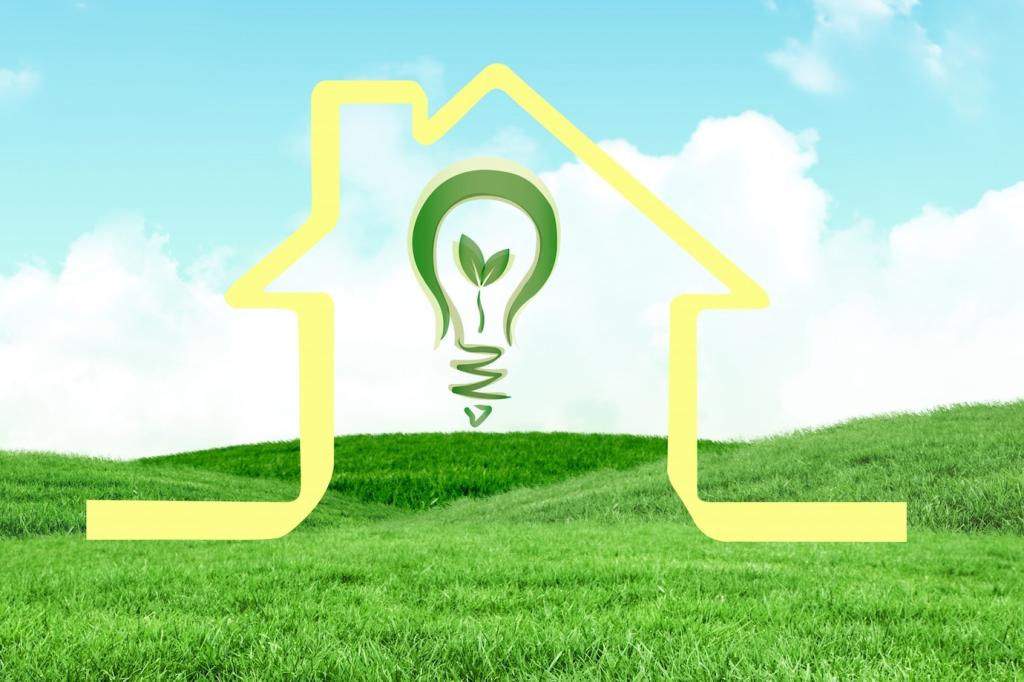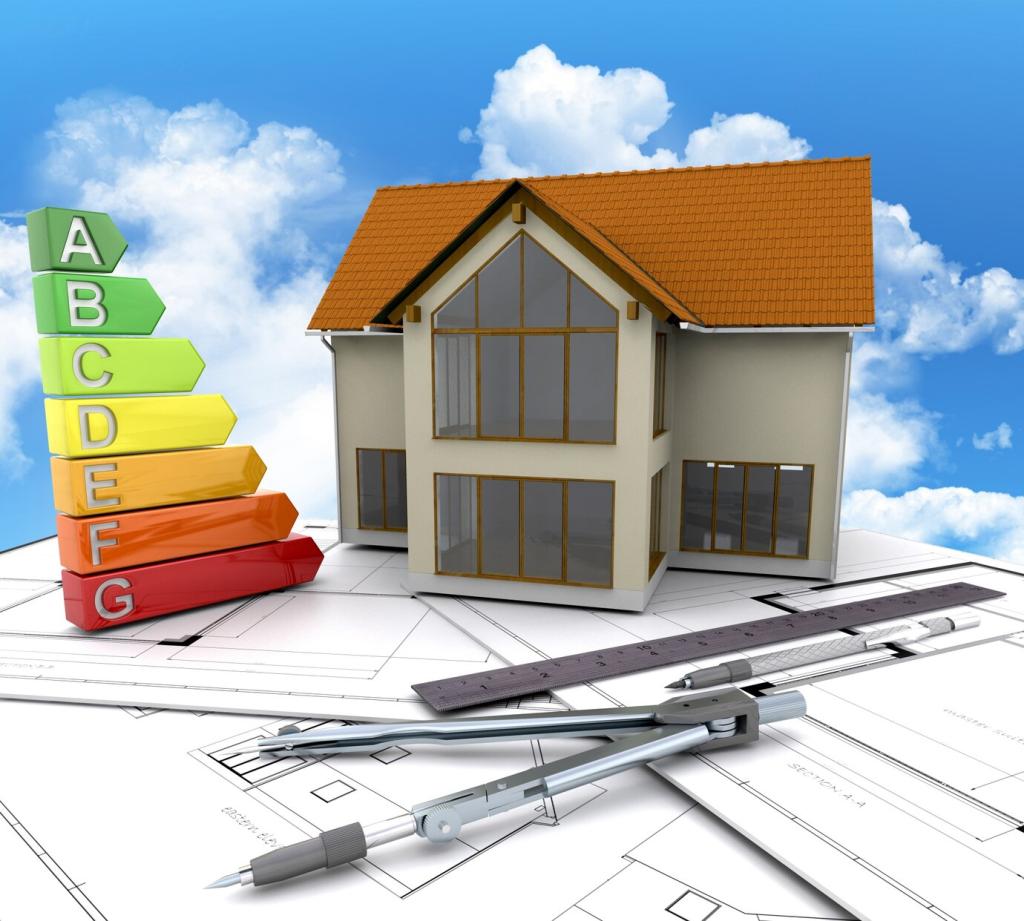
Renewable Energy Technologies for Smart Homes
Embracing renewable energy technologies in smart homes offers a forward-thinking approach to sustainable living. Modern households are rapidly adopting innovative energy solutions that not only reduce utility bills but also minimize ecological footprints. As the world grapples with climate change and rising energy demands, integrating renewable resources into home environments stands out as a practical strategy for energy independence and environmental stewardship. This page explores various renewable technologies designed specifically for smart homes, their integration methods, and the benefits they deliver to homeowners seeking to build smarter, greener living spaces.
Solar Power Integration in Smart Homes
Rooftop photovoltaic systems harness the sun’s energy by converting it directly into electricity. Modern solar panels are increasingly efficient and durable, fitting unobtrusively onto existing rooftops and providing a substantial portion of a household’s power needs. Today’s smart inverters monitor and maximize energy production, while digital platforms allow users to track their solar generation in real time. The result is not only cheaper electricity bills but also less reliance on grid power, which is often nonrenewable. As government incentives and innovations make installation more affordable, rooftop solar is becoming a practical standard for smart homes.

Wind Energy Solutions for Residences
Micro wind turbines are designed for residential environments, generating electricity from wind movement around a property. Unlike large commercial turbines, these compact systems are quiet and aesthetically suitable for homes and urban areas. Positioned strategically—on rooftops or in open yards—they convert kinetic energy from the wind into usable electricity for the household. With improved turbine blade designs and smart controllers, these systems can maximize output even in inconsistent wind conditions. Integration with home automation enables immediate consumption or intelligent storage of generated power.

Previous
Next
Geothermal Heating and Cooling Systems
Ground source heat pumps circulate a fluid through underground pipes, absorbing thermal energy from the earth to either heat or cool a home. This method is remarkably energy-efficient, as ground temperatures remain constant regardless of weather. Smart controls linked to home automation systems optimize the operation, responding dynamically to household occupancy and schedules. Ground source heat pumps can reduce heating and cooling costs by up to 70 percent, making them an attractive investment for energy-conscious homeowners committed to sustainability and comfort.
Energy Storage and Management Solutions
Modern battery technologies, especially lithium-ion and emerging solid-state options, are transforming residential energy storage. These batteries charge from renewable sources during peak production periods—such as sunny or windy days—and discharge when demand is high or generation is low. New designs prioritize safety, scalability, and integration with home energy management systems. With enhanced durability and cycle longevity, these batteries ensure long-term cost-effectiveness, making it possible for homeowners to maximize consumption of their own green energy while reducing dependence on the grid.

Connected appliances collaborate to form a responsive home environment, leveraging data about energy prices, generation, and user habits. Smart refrigerators, washing machines, lighting, and HVAC units communicate with the home’s central system, enabling coordinated operation. For instance, a dryer can delay its cycle to a time when solar energy is abundant. These coordinated efforts dramatically improve overall efficiency, reduce total household consumption, and ensure that renewable generation is utilized to its fullest potential with minimal user intervention.
Home Automation and Energy Efficiency
Smart Home Energy Monitoring and Analytics
Real-Time Energy Usage Tracking
Real-time energy usage tracking empowers homeowners with immediate feedback on electricity and fuel consumption. Monitors installed throughout the home relay detailed data to central dashboards or mobile devices, making it easy to identify sources of waste or inefficiency. This level of transparency encourages more conscious behavior, such as unplugging idle devices or scheduling appliances during peak renewable production. Over time, these small changes add up, enabling smarter, more efficient energy use across the household.

Environmental and Economic Benefits
Switching to renewable energy drastically cuts the carbon emissions associated with traditional energy sources. Solar panels, wind turbines, and geothermal systems all operate without burning fossil fuels, lowering a household’s total greenhouse gas output. Over the lifetime of these systems, the reduction in emissions can be enormous, especially when combined with other smart home efficiency measures. Lower carbon footprints directly contribute to a healthier planet, aligning personal choices with global sustainability goals and setting an example for communities.
The financial savings from utilizing renewable energy can be substantial. By generating electricity and heat on-site, homeowners reduce or even eliminate monthly energy bills. Net metering arrangements allow surplus energy to be sold back to the grid, recouping investments even faster. Additionally, renewable energy systems can enhance property values due to increasing demand for sustainable, high-tech homes. Tax credits, rebates, and other incentives further speed up the return on investment, making renewables not just environmentally responsible but also economically sound.
Integrating renewables equips homes with a degree of energy independence rarely possible with conventional power. By producing and storing their own energy, households are less vulnerable to utility outages, fluctuating fuel prices, or grid disruptions due to extreme weather. Hybrid systems combining solar, wind, and storage offer particular resilience, ensuring continued operation during emergencies. For families and communities alike, this independence fosters greater security, peace of mind, and the ability to control their energy future.
